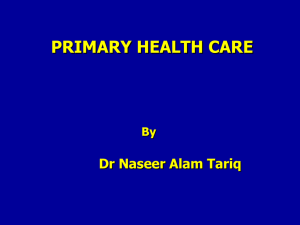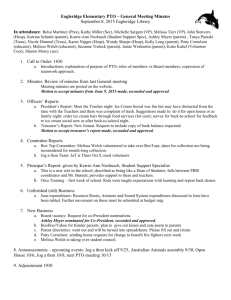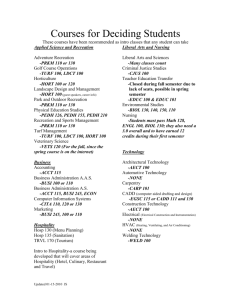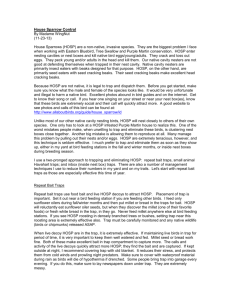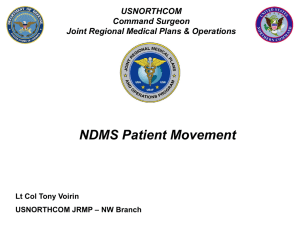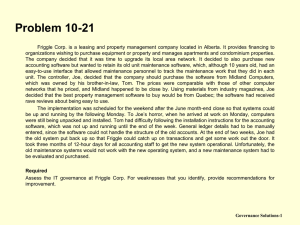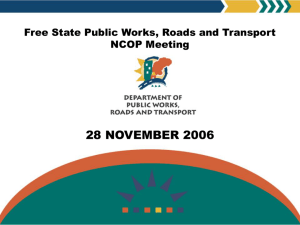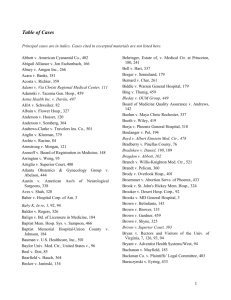Eastern Bluebird Killed
advertisement
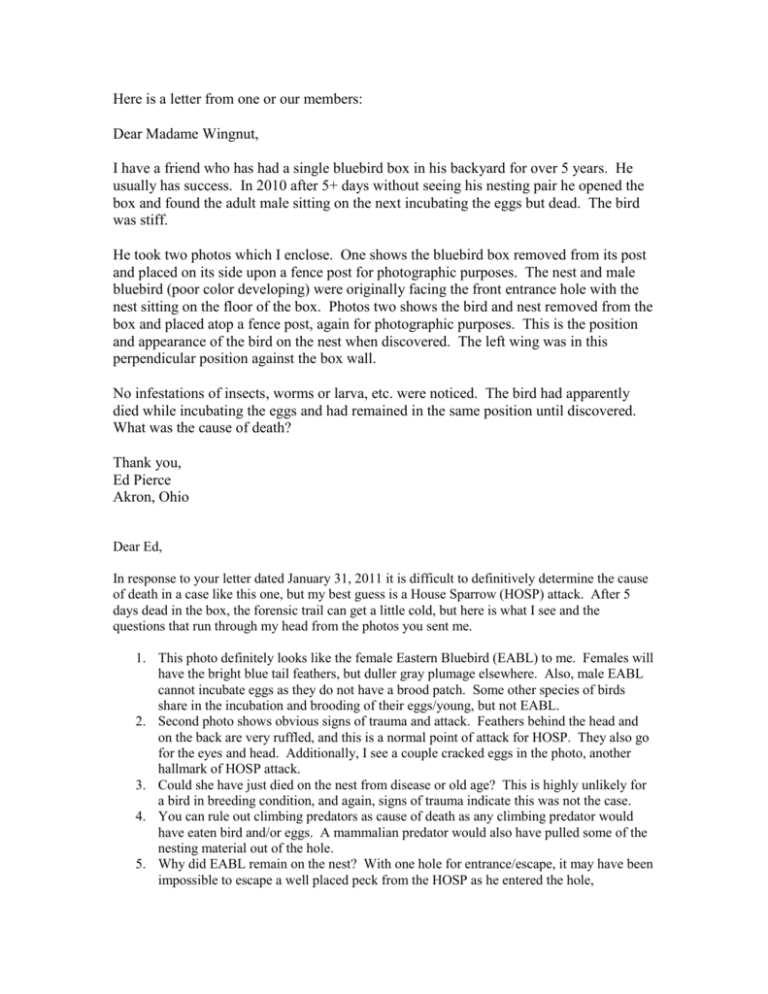
Here is a letter from one or our members: Dear Madame Wingnut, I have a friend who has had a single bluebird box in his backyard for over 5 years. He usually has success. In 2010 after 5+ days without seeing his nesting pair he opened the box and found the adult male sitting on the next incubating the eggs but dead. The bird was stiff. He took two photos which I enclose. One shows the bluebird box removed from its post and placed on its side upon a fence post for photographic purposes. The nest and male bluebird (poor color developing) were originally facing the front entrance hole with the nest sitting on the floor of the box. Photos two shows the bird and nest removed from the box and placed atop a fence post, again for photographic purposes. This is the position and appearance of the bird on the nest when discovered. The left wing was in this perpendicular position against the box wall. No infestations of insects, worms or larva, etc. were noticed. The bird had apparently died while incubating the eggs and had remained in the same position until discovered. What was the cause of death? Thank you, Ed Pierce Akron, Ohio Dear Ed, In response to your letter dated January 31, 2011 it is difficult to definitively determine the cause of death in a case like this one, but my best guess is a House Sparrow (HOSP) attack. After 5 days dead in the box, the forensic trail can get a little cold, but here is what I see and the questions that run through my head from the photos you sent me. 1. This photo definitely looks like the female Eastern Bluebird (EABL) to me. Females will have the bright blue tail feathers, but duller gray plumage elsewhere. Also, male EABL cannot incubate eggs as they do not have a brood patch. Some other species of birds share in the incubation and brooding of their eggs/young, but not EABL. 2. Second photo shows obvious signs of trauma and attack. Feathers behind the head and on the back are very ruffled, and this is a normal point of attack for HOSP. They also go for the eyes and head. Additionally, I see a couple cracked eggs in the photo, another hallmark of HOSP attack. 3. Could she have just died on the nest from disease or old age? This is highly unlikely for a bird in breeding condition, and again, signs of trauma indicate this was not the case. 4. You can rule out climbing predators as cause of death as any climbing predator would have eaten bird and/or eggs. A mammalian predator would also have pulled some of the nesting material out of the hole. 5. Why did EABL remain on the nest? With one hole for entrance/escape, it may have been impossible to escape a well placed peck from the HOSP as he entered the hole, effectively blocking the EABL’s exit. Parent birds also are very protective of their eggs and young, so this one may have remained to defend the nest, even if given an opportunity to flee. If the mate had been nearby, he would have defended her from the attack or warned her of inbound HOSP so she could escape the box. I doubt he was around. So based on this line of reasoning, I believe HOSP attack is most likely scenario. Now here are some other observations/concerns from the photos and letter you sent me. 1. You mention your friend removed the box from its post to take the photos. If the post was a baffled T-post, great. If the post is wood without adequate baffle system, proper mounting and baffling of box in the future will prevent raccoons and other climbing predators from depredating the box. That did not occur in this instance, but thinking toward successful nestings in the future. 2. Where was/is the mate of the dead EABL? Although HOSP can certainly destroy a nest with both parents in attendance, the male generally guards his incubating female rather diligently. Your friend saw neither male nor female EABL for 5 days before finding the problem, so I am guessing something happened to him, leaving his mate a “sitting duck” as it were. Your friend probably would have noticed the agitated (grieving?) mate in or on the box if mate were still around. 3. Background of photo shows some pretty long grass. I don’t know where box is actually sited regularly, but siting it in short mowed grass will insure that EABL will not have to venture far from the nest site to find food. If the mate was forced to go a distance to find food, that would leave EABL in box unprotected. I live in the suburbs in the Columbus area, so am no stranger to HOSP. We have a lot of them here and I actively control them in my yard and on my trails. My City of Powell trail is my most successful EABL trail and HOSP are an ongoing problem. I would be happy in another article to explain what has worked for me here if anyone is interested. For your friend, a couple of quick suggestions for dealing with HOSP would be: 1. Make sure nestbox is sited as far away from desirable HOSP habitat as possible. Siting nestbox as far from pine trees, brushy areas, houses or outbuildings will reduce HOSP problems. 2. Although nestbox is an obvious HOSP attractant, stop feeding them if you are doing so to help drive them elsewhere. I do not feed seeds or suet during nesting season. There is plenty of natural food available to song birds during nesting season so they don’t really benefit from our handouts at this time. If you enjoy seeing song birds at feeders during the spring/summer months, feeding sugar water for Ruby-throated Hummingbirds, thistle seed for American Goldfinches, and just a handful of mealworms for your Eastern Bluebirds is maximum fare at the feeding station, keeping unwanted nestbox competitors to a minimum. Fall/winter feeding can be expanded to whatever you like. 3. Set out a trap box for HOSP in an area they would find attractive. A nestbox with a 1 ¼” entry hole will allow HOSP to enter, but keep EABL safely out. Site box near pine trees, house, outbuildings, or bushes where you have seen HOSP congregate or roost. Inbox trapping of nonnative HOSP should only be done when you can be vigilant in watching the box as native birds can find their way in there. Although EABL cannot fit through the hole, native chickadees and House Wrens can. 4. If unable or unwilling to trap HOSP, consider setting out nestbox with 1 ¼” hole for them and render their eggs nonviable. NEVER allow HOSP to raise a family as they, and their young, will return the following year to take nesting sites. When HOSP are allowed to propagate, EABL will soon go to safer nesting grounds and abandon your nestboxes. I hope your friend has better luck this season. Spring is in the air and here we go again! Bluely yours, Madame WingNut

